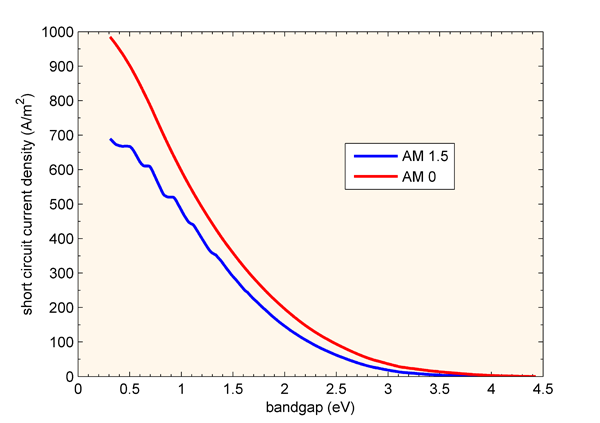Throughout my internship I faced many challenges, tribulations, failures, excitements, and successes. When I was initially matched with this internship, I was hesitant because the topic was brand new to me - I did not know about solar energy, and I had never been interested enough to learn more. The internship, however, I thought would provide me with an opportunity to do so - I was excited to step into a new area of science.
While my internship, was very independent (my mentor was often too busy to meet or out of the country) and focused on me reading and doing research through my own prerogative, I learned a lot. For example, I had access to RPI's libraries to do independent research on Tuesday afternoons.
At the end of the year, I am glad to have had the opportunity to do my own research on an field of emerging importance and to teach myself about solar energy engineering. While challenging, the experience was certainly worthwhile.
I would advise future signature students to have fun with the experience! It is a great way to incentivized yourself to learn about a new area of interest.
While my internship, was very independent (my mentor was often too busy to meet or out of the country) and focused on me reading and doing research through my own prerogative, I learned a lot. For example, I had access to RPI's libraries to do independent research on Tuesday afternoons.
At the end of the year, I am glad to have had the opportunity to do my own research on an field of emerging importance and to teach myself about solar energy engineering. While challenging, the experience was certainly worthwhile.
I would advise future signature students to have fun with the experience! It is a great way to incentivized yourself to learn about a new area of interest.

